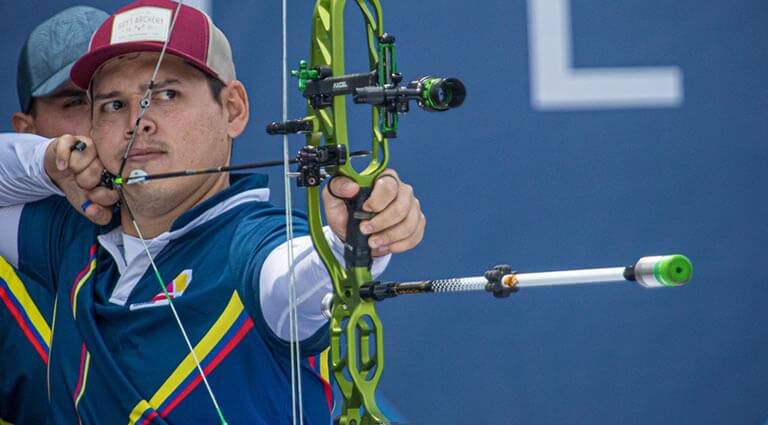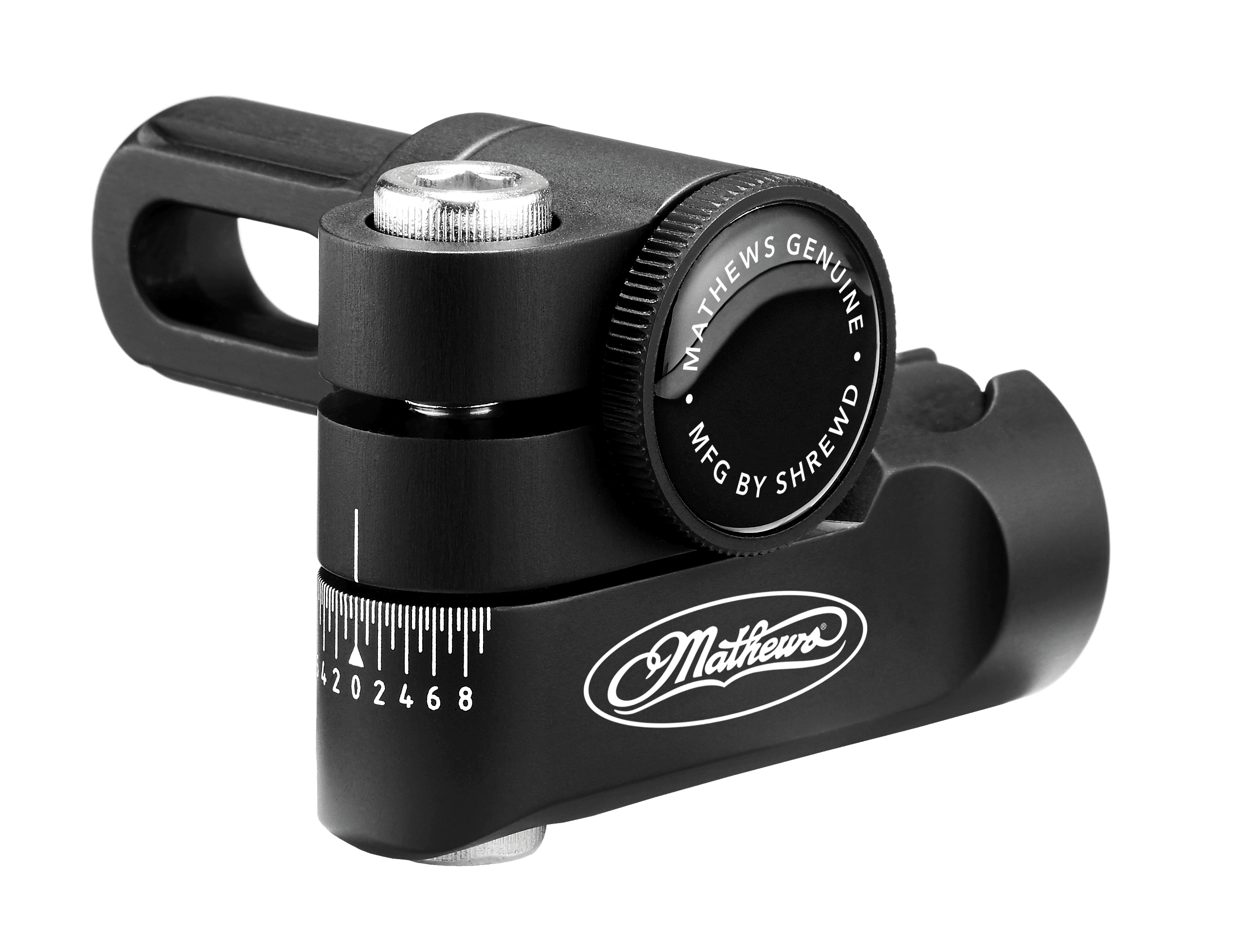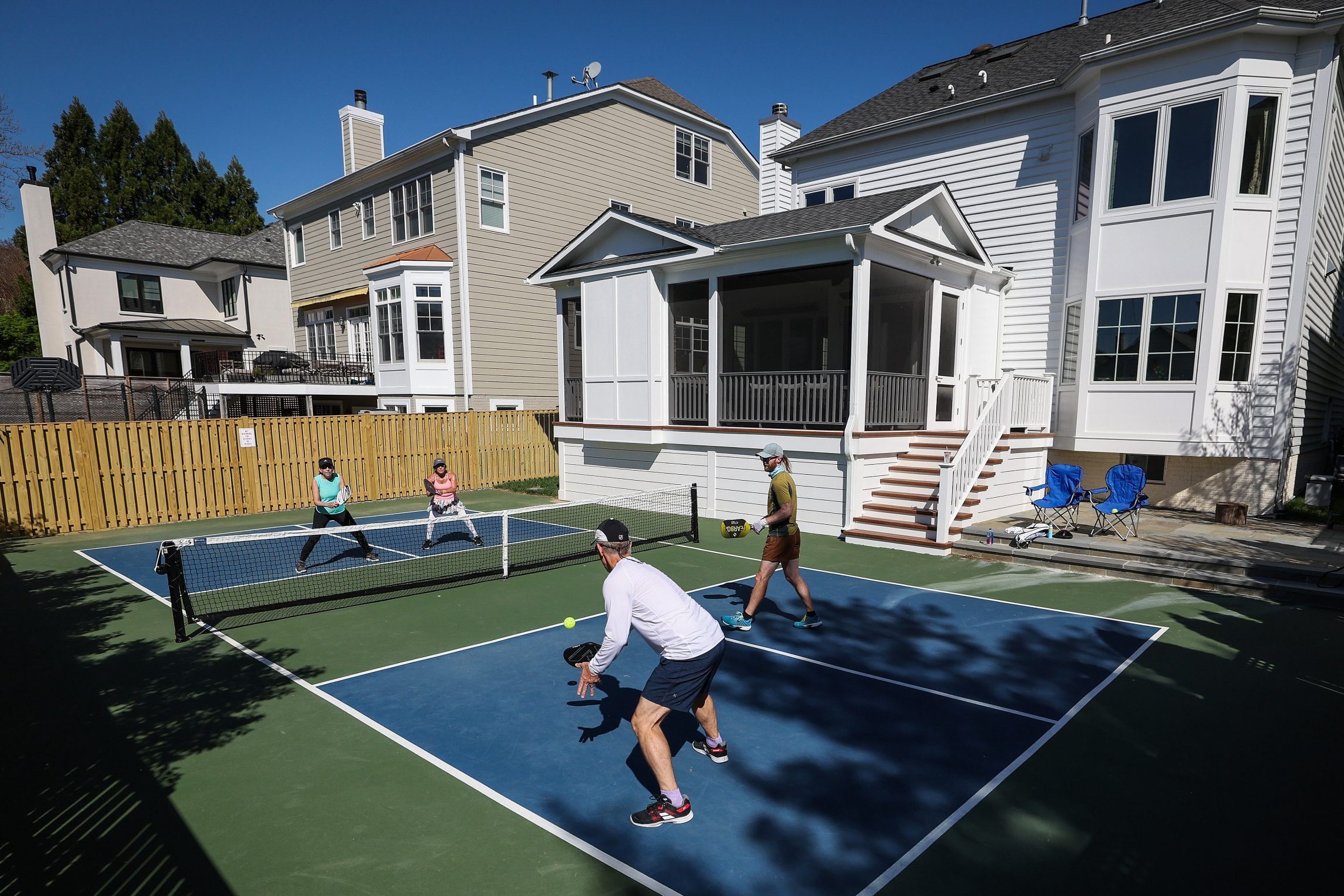Increase Your Archery Efficiency: The Ultimate Guide to Bow Stabilizer Setup
Enhancing your archery performance calls for a meticulous approach to every aspect of your equipment setup. Among the numerous parts that add to precision and security, the bow stabilizer plays an essential function in fine-tuning your shot execution. Understanding how to maximize your bow stabilizer arrangement can bring about substantial enhancements in your general accuracy and consistency on the range or in the area. As we dig into the complexities of picking the appropriate stabilizer weight, positioning, and adjust methods, you will certainly uncover the secret to opening your full potential as an archer.
Comprehending Bow Stabilizers
In the realm of archery devices, the role and feature of bow stabilizers stand as necessary components for boosting shooting accuracy and security. Bow stabilizers are developed to minimize bow torque, minimize vibrations, and help in holding the bow steady during the intending and release procedure. By attaching a bow stabilizer to the riser of the bow, archers can experience enhanced balance and minimized hand shock, resulting in even more consistent and exact shots.
The primary purpose of a bow stabilizer is to wet any vibrations that happen upon launching the arrowhead. This reduction in resonance not just enhances the shooter's convenience yet also assists keep focus and control throughout the shot cycle. Furthermore, bow stabilizers help in counterbalancing the weight of devices affixed to the bow, such as sights, quivers, and arrow relaxes, ensuring ideal weight circulation for boosted stability.
Understanding the technicians and advantages of bow stabilizers is crucial for archers seeking to adjust their shooting performance and accomplish higher precision on the array or in the field.

Selecting the Right Stabilizer Weight
Picking the appropriate weight for your bow stabilizer is a vital element of maximizing your archery arrangement for improved shooting performance. The stabilizer weight straight affects just how properly the stabilizer reduces vibration and stabilizes your bow during the shot. When choosing the best stabilizer weight, it's important to consider your capturing design, bow balance, and personal preferences.
Lighter stabilizers, usually evaluating in between 3-6 ounces, are favored by archers who prioritize maneuverability and quick target acquisition. These stabilizers are ideal for hunters or those that fire in difficult surfaces where movement is essential. On the other hand, heavier stabilizers, varying from 8-12 ounces or even more, are liked by target archers looking for maximum stability and reduced bow activity. The included weight assists hold the bow steadier during the intending procedure and lessens the impacts of torque on the bow.
Ultimately, the most effective stabilizer weight for you will depend on your capturing goals and choices. Try out different weights and locating the one that provides the optimal equilibrium of stability and ability to move is essential to enhancing your archery efficiency.
Installing Your Bow Stabilizer
To effectively install your bow stabilizer, ensure that you have all the essential tools and adhere to these detailed guidelines for a safe and efficient arrangement. Start by recognizing the front stabilizer you can look here bushing on your bow riser. Many bows have pre-threaded openings for stabilizer installation. Next off, use a percentage of bowstring wax to the threads of the stabilizer screw to prevent it from loosening throughout use.
Thoroughly string the stabilizer right into the front bushing by hand, making sure not to cross-thread it (bow stabilizer). When the stabilizer is well in position, utilize a proper wrench to tighten it firmly. Avoid over-tightening, as this can trigger damages to the bow or stabilizer
After mounting the stabilizer, check to guarantee it is straight and aligned with the bow. Some stabilizers include flexible weights or dampeners; readjust these according to your choices and shooting design. Examination the bow to make certain the stabilizer is effectively decreasing vibration and enhancing your shot consistency.
Adjusting Stabilizer Position for Precision
After installing the bow stabilizer firmly, enhancing its position is critical for improving accuracy in your capturing. Relocating the stabilizer more detailed to the riser can help reduce the bow's overall weight circulation, possibly improving your intending stability.
When adjusting the stabilizer setting, consider the sort of shooting you do. For target archery, a longer stabilizer placed even more out may be advantageous for included stability throughout the aiming procedure. On the other hand, hunters might choose a much shorter stabilizer for much better ability to move in the field. Bear in mind to make small changes and evaluate your arrangement after each change to figure out the optimal setting for your capturing style and choices.
Fine-Tuning Your Stabilizer Configuration

Additionally, think about the placement of any dampeners or weights along the stabilizer rod. Relocating these parts closer to or better from the riser can modify the stabilizer's total result on your bow's equilibrium. Fine-tuning these details can help in reducing vibration, minimize hand shock, and boost total control throughout the shot execution.
On a regular basis reassess your stabilizer arrangement as your shooting method develops to guarantee it remains to enhance your form and shooting goals. By finetuning your stabilizer configuration with precision and care, you can optimize your bow's efficiency and boost your archery skills to brand-new elevations.
Conclusion
In conclusion, maximizing your bow stabilizer arrangement is essential for boosting your archery performance. By comprehending the objective of stabilizers, choosing the proper weight, properly setting up and placing the stabilizer, and tweak its configuration, you can enhance your precision and consistency in capturing. Make the effort to experiment with different setups and adjustments their website to locate the arrangement that functions finest for you and assists you attain your archery goals.
Bow stabilizers are made to decrease bow torque, lower vibrations, and aid in holding the bow stable during the intending and launch procedure. By affixing a bow stabilizer to the riser of the bow, archers can experience enhanced balance and lowered hand shock, resulting in more constant and exact shots.

The stabilizer weight directly affects just how properly the stabilizer minimizes resonance and stabilizes your bow during the shot. bow stabilizer. By understanding the function of stabilizers, selecting the proper weight, appropriately installing and positioning the stabilizer, and fine-tuning its setup, you can enhance your precision and uniformity in capturing

